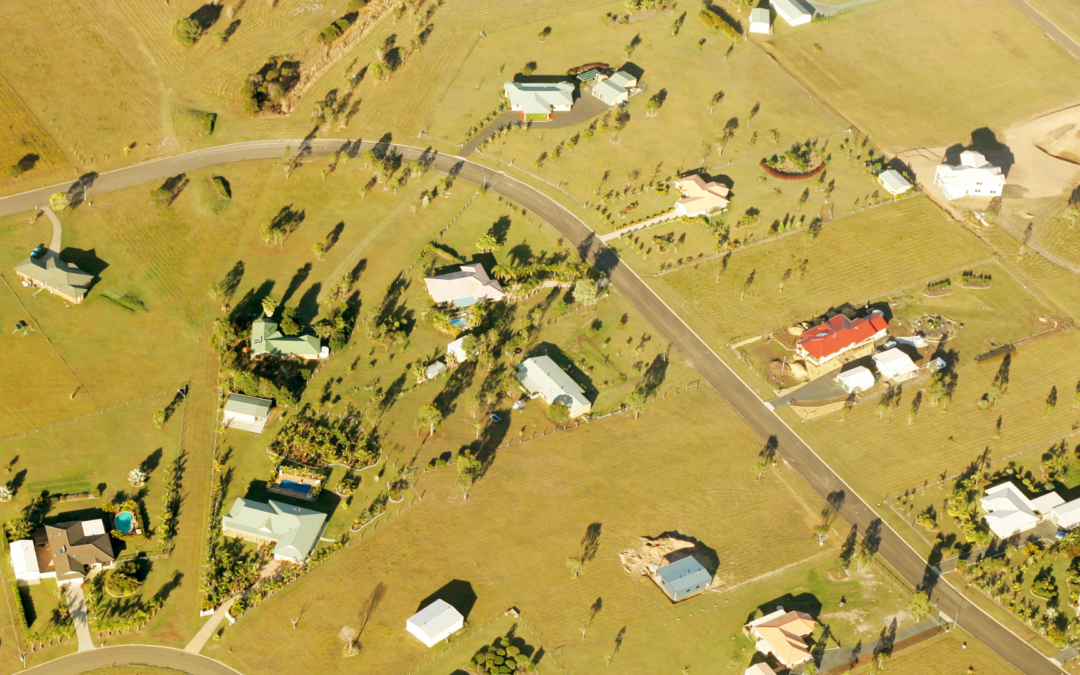Introduction
In today’s digital age, access to reliable and high-speed internet is no longer a luxury; it is a necessity that underpins economic growth, education, healthcare, and social connectivity. Unfortunately, many rural communities around the world still face significant challenges in bridging the digital divide. However, emerging technologies like fixed wireless internet are proving to be a game-changer in transforming the digital landscape of these underserved areas. In this blog post, we’ll explore the numerous benefits of fixed wireless internet in rural communities and how it can play a pivotal role in closing the digital divide.
Expanded Connectivity
- One of the most significant advantages of fixed wireless internet is its ability to reach areas that were previously considered hard to connect. Unlike traditional wired infrastructure, fixed wireless relies on radio signals to transmit data from a central tower to a receiver at the user’s location. This wireless approach eliminates the need for extensive and expensive cable installations, making it a cost-effective solution for extending internet access to remote rural regions.
Rapid Deployment
- Fixed wireless internet can be deployed much faster than traditional wired networks. The process involves setting up a central tower and strategically placing receivers on rooftops or other elevated structures within the coverage area. As a result, rural communities can gain access to high-speed internet within a matter of weeks rather than months or years. This rapid deployment is particularly crucial during emergencies or disaster situations when communication is vital for coordination and relief efforts.
Cost-Effective Solution
- Building and maintaining wired infrastructure in rural areas can be financially prohibitive due to the vast distances and low population densities. Fixed wireless internet offers a cost-effective alternative, requiring fewer resources and infrastructure investments. As a result, internet service providers can offer more affordable plans to residents in rural communities, making internet access more accessible to a broader range of people.
High-Speed Connectivity
- Contrary to common misconceptions, fixed wireless internet is capable of delivering high-speed connectivity comparable to traditional wired connections. With advancements in technology and equipment, modern fixed wireless networks can offer gigabit-level speeds, empowering rural communities with the ability to participate in bandwidth-intensive activities like video conferencing, online education, and streaming services.
Scalability and Flexibility
- Fixed wireless internet is highly scalable and can be easily upgraded to meet increasing demands for data in rural communities. As the population grows or user requirements change, additional equipment or frequencies can be deployed without the need for extensive infrastructure overhauls. This adaptability ensures that rural areas can keep pace with urban centers in terms of technological advancements.
Reliability and Redundancy
- Fixed wireless internet offers a high degree of reliability, especially when compared to traditional satellite internet services. Unlike satellite connections that can suffer from signal interference due to weather conditions, fixed wireless relies on line-of-sight transmissions, providing a more stable connection. Additionally, fixed wireless networks can serve as a redundancy option for existing wired infrastructure, ensuring continuous internet access even if physical cables are damaged.
Empowering Education and Economic Opportunities
- Access to high-speed internet opens up a world of possibilities for education and economic growth in rural communities. Students can access online learning resources, engage in distance education programs, and connect with a broader network of educators and peers. Furthermore, fixed wireless internet enables rural businesses to expand their reach, participate in e-commerce, and leverage digital tools to compete on a global scale.
Conclusion
Fixed wireless internet has emerged as a powerful tool in bridging the digital divide in rural communities. Its ability to deliver high-speed, reliable connectivity at a fraction of the cost of traditional wired infrastructure makes it an invaluable solution for connecting underserved areas. By expanding connectivity, empowering education, and stimulating economic opportunities, fixed wireless internet brings rural communities closer to the digital age, fostering inclusivity and progress for a brighter future. As we continue to invest in bridging the digital divide, fixed wireless technology will undoubtedly play a pivotal role in shaping a more connected and equitable world.

